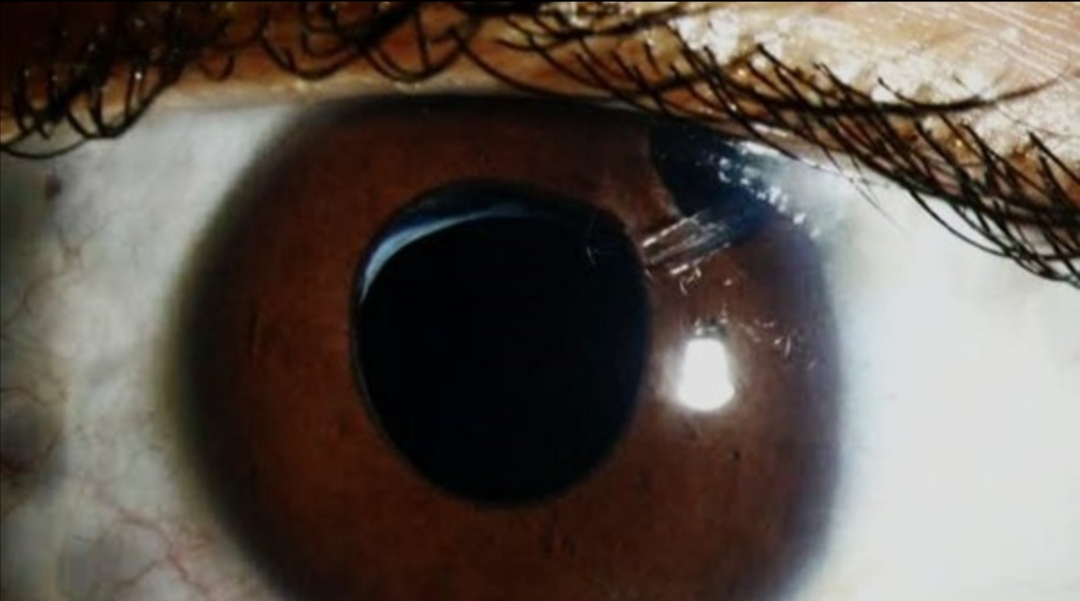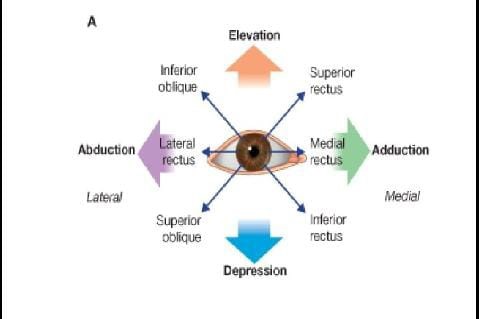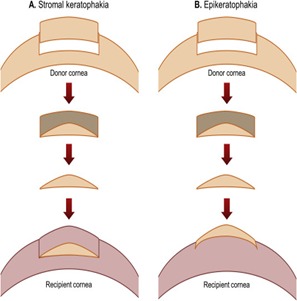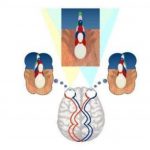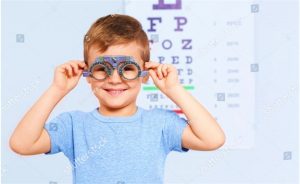Binocular vision is the ability of both eyes to focus on a single object to give a clear three dimensional image to the brain. That is, we gain a single image by using two eyes. Normal binocular vision requires the following things:-
- Clear visual axis for clear vision in both the eyes.
- The ability of visual pathway to work in association for both the eyes.
The co-ordination of both the eyes from all direction gazes to place the image in position, that is, formed by both eyes.
Animals like humans have both the eyes in front of their head on a single visual image. Since our eyes are a few inches apart from each other we see two slightly different images. Our brain then merges these two slightly different images into one single view.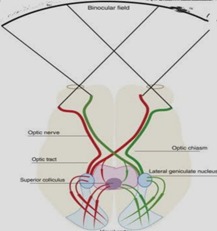
BINOCULAR FIELD
The word ‘Binocular’ comes from the Latin word ‘bino’ meaning ‘two’ and the Greek word ‘oculus’ meaning ‘eye’. Thus, the word ‘Binocular’ refers to two eyes focusing on one visual image.
BINOCULAR VISION FIELD
- Advantages of Binocular Vision-
- Increased depth perception-
With both eyes a creature having binocular vision have a highly improved perception of depth. The particular animal can distinguish how near or far the object is from itself. This is not possible for animals having monocular vision.
- Allows 3D vision-
Animals having binocular vision has both eyes in front and inches apart from each other. This allows to watch object in 3D formation.
- Visibility-
Binocular vision improves the visibility of a person in many ways, one of the major advantage is, if one eye is blocked by any obstacle ,the other eye helps to form the image properly. Thus both eyes helps to see the world with much more potentiality. Another advantage of having two eyes are if one gets damaged due to any injury the other can still help in focusing on the image.
- Disadvantages of Binocular vision-
- Decrease in visual field-
Although creatures with binocular vision has much more perception of depth but it cannot enjoy a wider field of vision unlike creatures with monocular vision that can see behind objects also.
- Focus is limited-
In binocular vision eyes are placed in front of the head thus it can only focus on a single object in front and cannot focus behind.
Despite all disadvantages binocular vision has much more advantages than disadvantages as the clarity of depth is much higher than monocular vision.
- Various Disorders of Binocular Vision-
In binocular vision the position of eye in the orbit plays a major role in vision. Slight difference in the position of extraocular muscles in the eye can lead to a huge difference and cause various disorders. Two most common disorder are:-
- Strabismus(crossed eye)—Mainly occurs due to dysfunction of muscles in the eye.
- Amblyopia(lazy eye)—It is most common childhood vision problem. Mainly occurs due to absence of proper stimulation of nerve in the eyes.
- Treatments-
Binocular vision disorders can be treated by prescribing eyeglasses or vision therapy but in major cases surgical process in the only option for treatment.
- Aphakia-
Aphakia is the condition of eye where the crystalline lens of the eye is absent. The crystalline lens of eye is a clear and flexible structure that allows the light to focus on our retina and form a clear image. The aphakic condition of the eye mainly occurs in patients after cataract surgery, or after any traumatic injury. Aphakic condition may prevail in one or both eyes. Aphakia might be corrected by using aphakic glasses or aphakic contact lenses. In surgical process either primary or secondary IOL is implanted.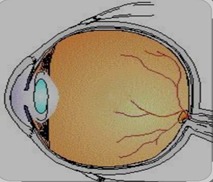
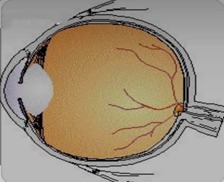
NORMAL EYE APHAKIC EYE
- Symptoms of Aphakia- Some of the major symptoms of aphakic patients are:-
- Blurry vision of eyes.
- Focus is not possible on a particular object properly.
- The lens protects the eyes from harmful rays of the sun, like UV-rays, due to absence of lens in aphakia the protection is also absent.
- Colour vision changes in aphakic condition.
- Farsightedness or the inability to focus on near objects also occurs.
- Major causes of Aphakia-
- Cataract surgery-
Cataract is very common in people above the age of 40 years. When the crystalline lens becomes cloudy along with age it is replaced through artificial lens. Sometimes the lens may get displaced from its position due to various surgical complications leading to aphakic condition.
- Genetical conditions-
Absence of lens may occur due to genetical condition in new born babies. It is of mainly two types primary and secondary congenital aphakia. Babies with primary congenital aphakia is born without lens due to different genetical mutation. Again babies having secondary congenital aphakia has lens which is either absorbed or detached before or during birth. This type of condition might occur due to exposure of virus like congenital rubella.
- Various traumatic condition-
Accidental injuries is a very common cause of displacement of crystalline lens and prevails aphakic condition.
- Complications in Aphakia-
- Retinal detachment-
After any eye surgery or injury high chance of retinal detachment prevails. Thus along with displacement of lens retinal deatachment is another complication in aphakic condition.
- Aphakic glaucoma-
After any kind of eye surgery there is a high chances of developing glaucoma . This may lead to damage in optic nerve.
- Vitreous detachment-
The vitreous is a jelly- like substance present in the eye which filled the posterior chamber and gets attached to the retina. Eye surgery can cause damage in the vitreous humor and lead to its detachment. Thus , along with aphakic condition there is chances of vitreous detachment also.
- Treatment of Aphakia-
The main way of treating aphakia in case of both children and adults is through surgical process .Along with that it can also be corrected by wearing glasses or contact lenses.
In case of children, surgery is done as soon as possible, because the development in them is very quick. Whereas, in case of adults the damaged or displaced lens needs to be removed first and get implanted with an artificial lens.

